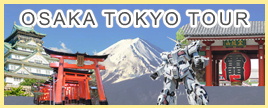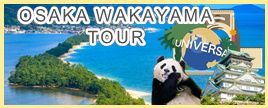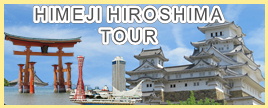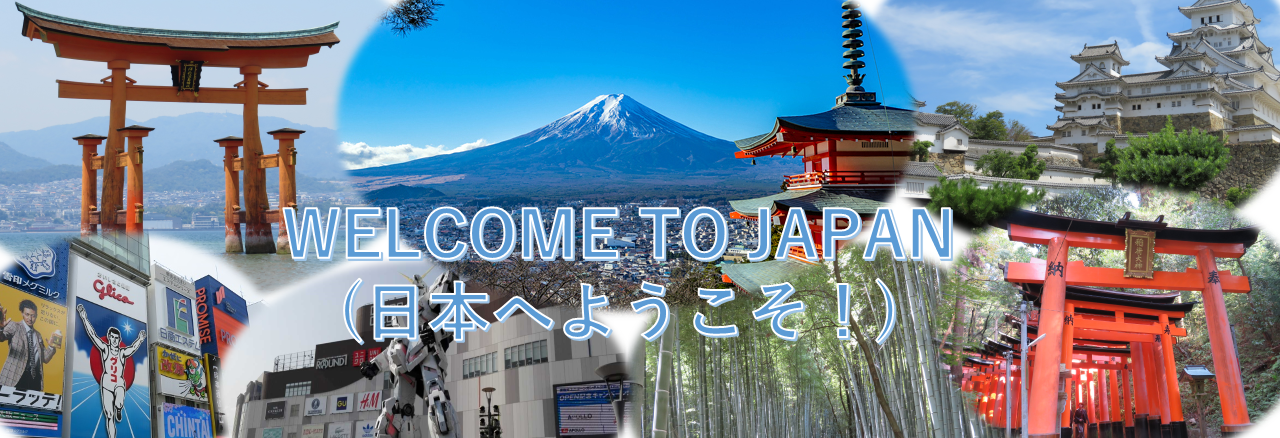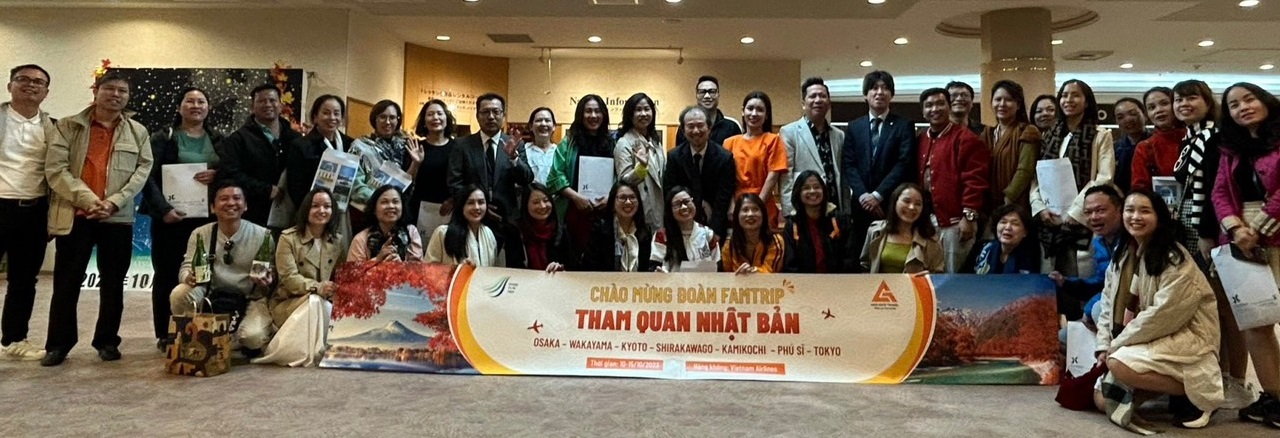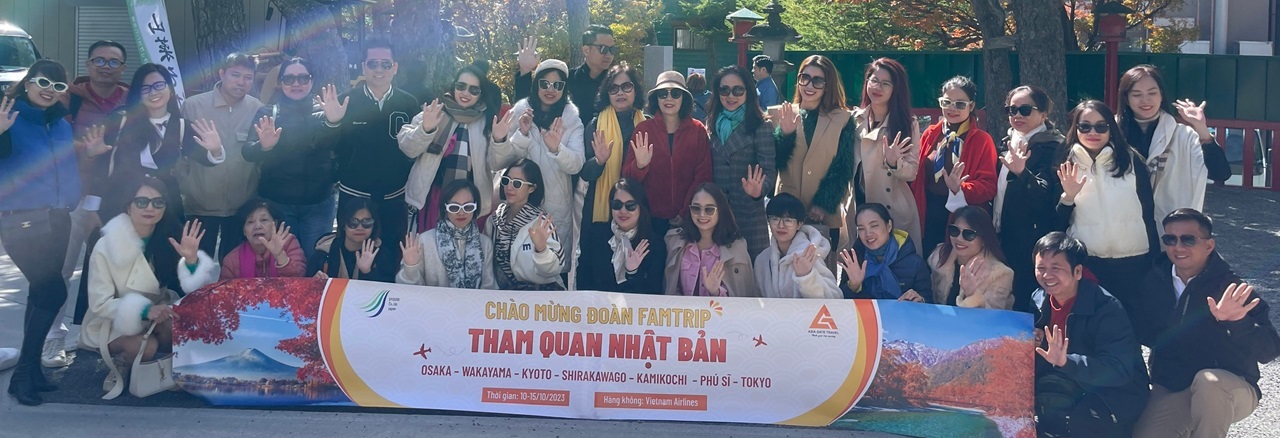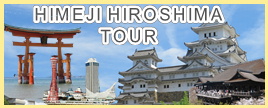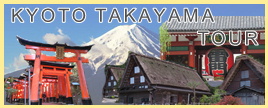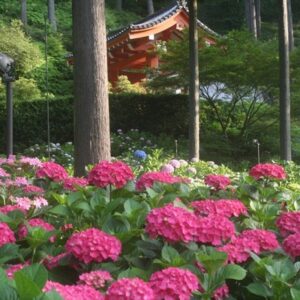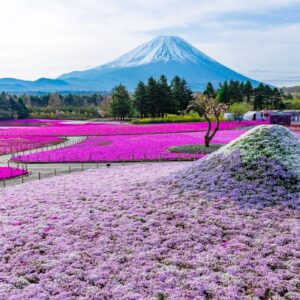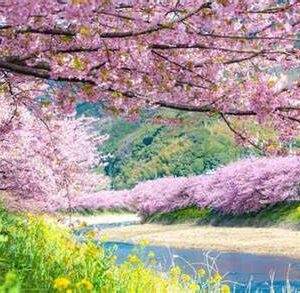1/20~1/28 TOUR
Description
this tour enjoy “ALL JAPAN”!!
You can feal fantastic JAPAN.
ENJOY POINT
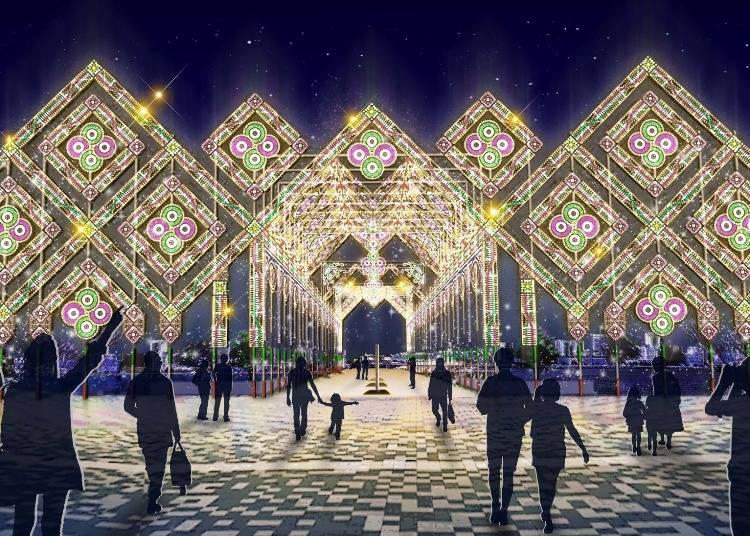
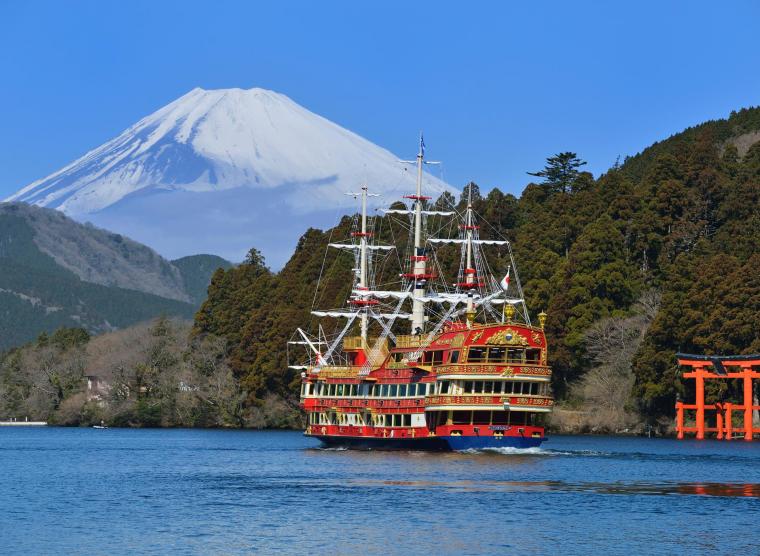

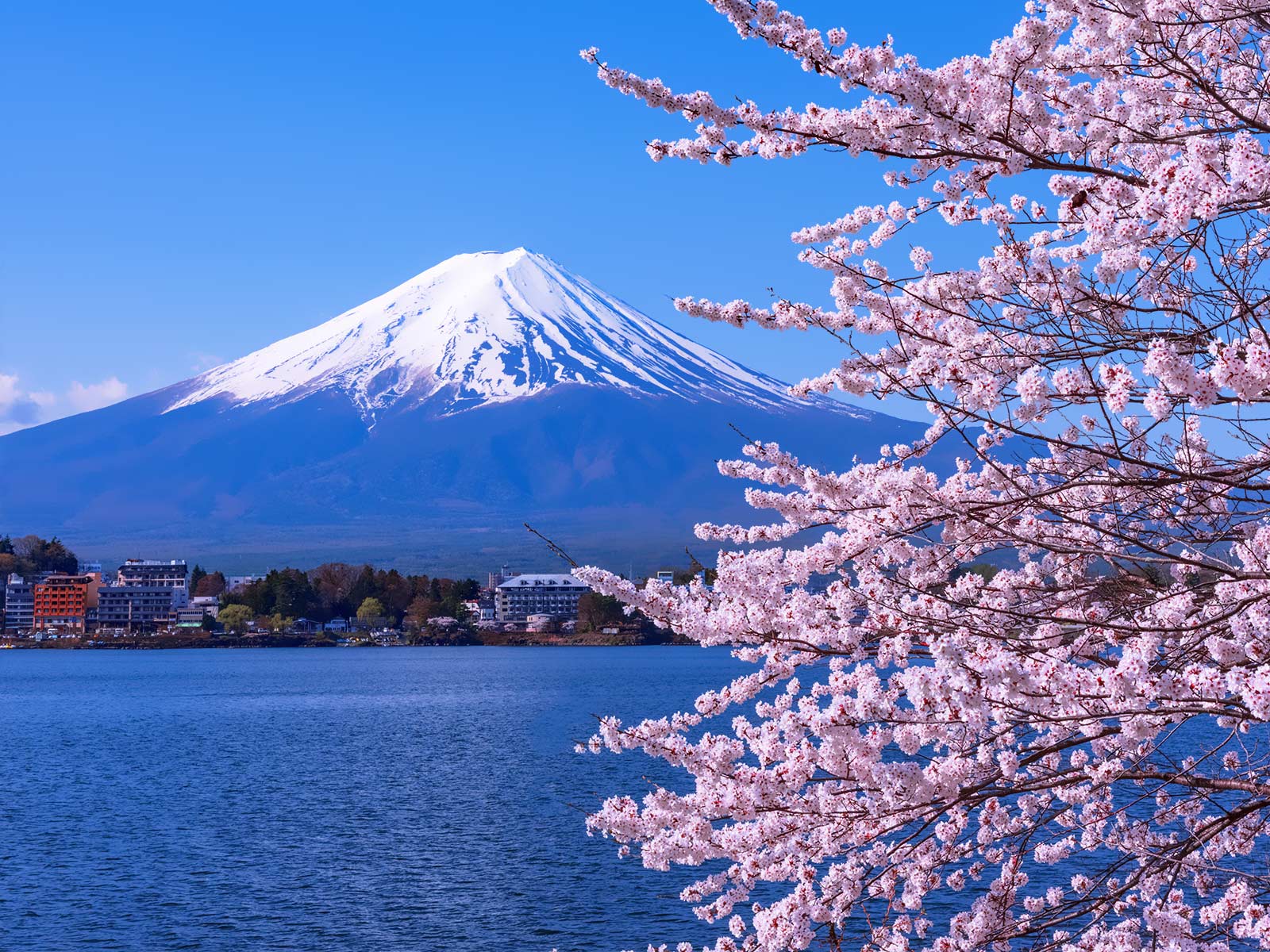
1st day
8:30 VN320 VTM-KIX
10:00 AIRPORT CHECKOUT
10:10-11:00 BUS ridding
11:00-11:50 OSAKA CASTLE▼

Hideyoshi Toyotomi, known as the “Napoleon of Japan,” began construction of Osaka Castle in 1583. Since then, Osaka Castle has served as the scene of various conflicts, and was burned down and rebuilt several times. The current castle keep was rebuilt in 1931. Inside the castle keep is a museum that contains information on the history of Osaka Castle.
12:00-13:00 LUNCH
13:10-13:30 BUS ridding
13:40-16:00 DOTONBORI▼

The Dotonbori district sits beside a 400-year-old canal. The bridge over the canal is a popular place to take your photo (look out for the Glico Man; the enormous runner towers over Ebisubashi Bridge and is a famous Osaka landmark).Almost a mile long, Shinsaibashi arcade stretches from Shinsaibaishi station to Dotonbori and is one of the busiest and oldest shopping streets in Japan. There are shops to suit every budget and tastes from high fashion to traditional crafts. Add on a limitless selection of cafes and restaurants, and you’ll be lucky to emerge before nightfall.
16:00-17:00 BUS ridding
17:10-18:30 KOBE LUMINARIE▼
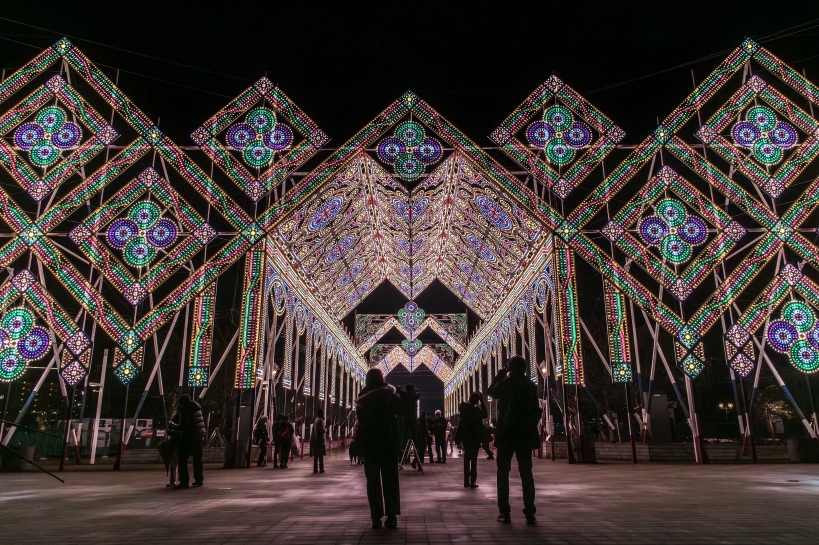
During the winter season, Japan is awash with spectacular light shows called illuminations that transform the nation into a glorious celebration of light. The city of Kobe —home to one of the oldest and most beautiful light-up displays in the country—leads the pack in these festivals of luminosity.
18:30 HOTEL C/I and DINNER
2nd day
8:00 BF and C/O
8:10-9:00 BUS ridding
10:00-10:50 KATSUO TEMPLE▼

Katsuo-ji is a Buddhist temple located in the mountains of Minoh City, in the northern suburb of Osaka. It belongs to the Saigoku Kannon pilgrimage in Kansai, but nowadays its reputation stems from its gathering of traditional Daruma dolls, as symbols of good fortune and granted wishes.
10:20-11:20 BUS ridding
11:30-12:30 LUNCH
15:10-16:10 KIYOMIZU TEMPLE▼

The main hall houses Kiyomizudera’s veranda, the most famous feature of the temple. Supported by traditional wooden Japanese construction, it stands 13 meters above the ground and is built without the use of nails.The veranda is usually crowded with visitors, but it’s worth venturing to the furthest corner and waiting your turn for a photo with the city of Kyoto in the background.
14:00-15:00 BUS ridding
12:40-13:50 NARA BUDDHA▼
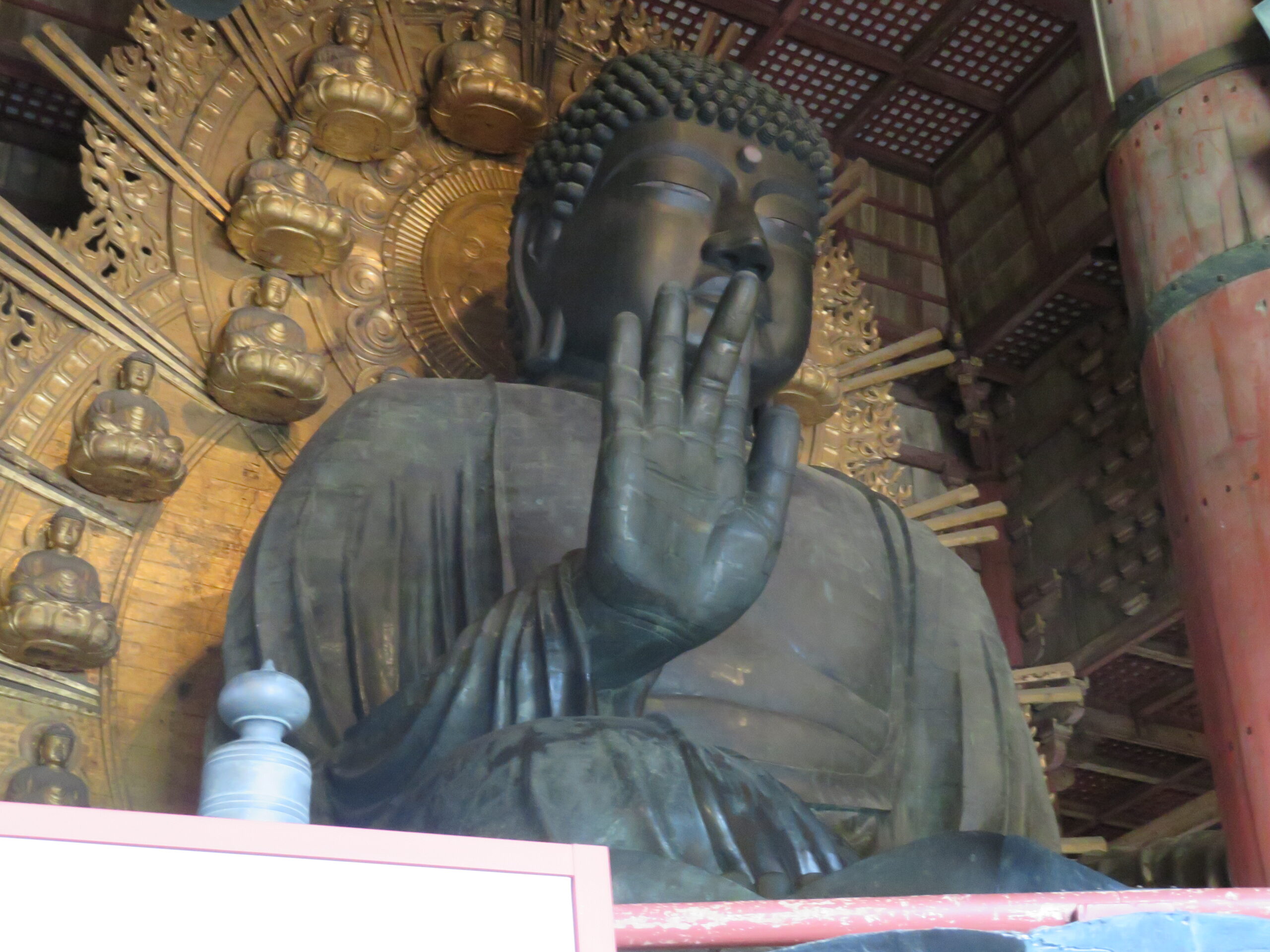
Wishing for happiness for all, it took a total of roughly 2.6 million people to come together and create the Great Buddha statue that now sits in Todaiji Temple’s Daibutsu-den, the Great Buddha hall. The statue itself is referred to as the “Daibutsu” in Japanese, with “dai” meaning giant and “butsu” meaning Buddha, however it is modeled after the Vairocana Buddha.
16:20-18:30 BUS ridding
18:40-19:50 DINNER
20:00 HOTEL C/I
3rd day
8:00 BF and C/O
8:00-10:00 BUS ridding
10:00-11:00 STRAWBERRY PICKING▼
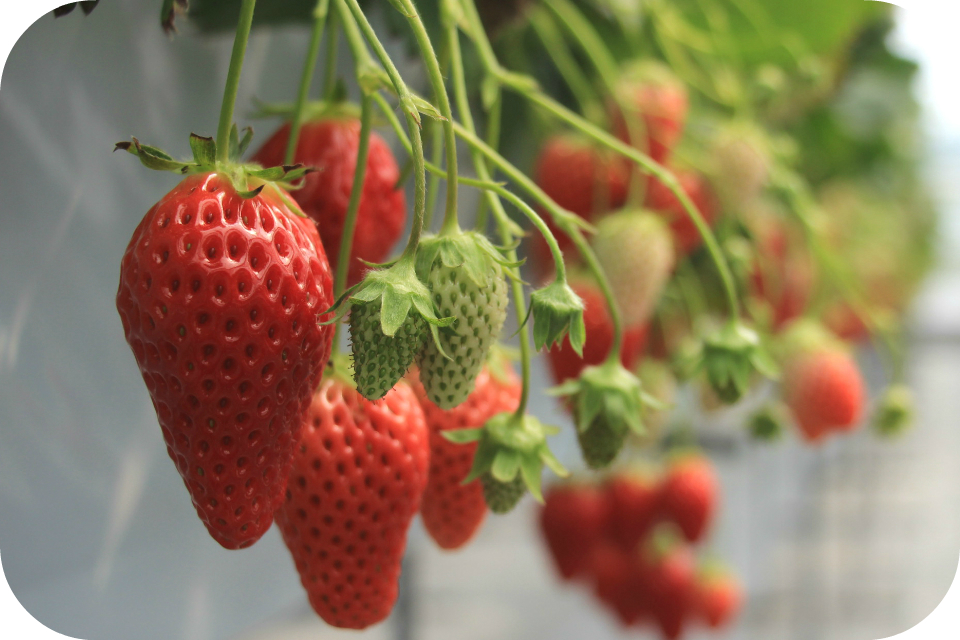
Strawberry picking is an activity where people visit farms to pick their own strawberries from the plants. It’s seasonal, usually taking place from late spring to early summer. Visitors are given baskets to collect strawberries, and the cost is often based on entry or the weight of picked strawberries. This activity is a fun way to enjoy fresh strawberries and learn about farming.
11:10-11:50 BUS ridding
12:00-12:50 LUNCH
13:00-14:30 BUS ridding
14:40-15:40 HAKONE CRUISE▼

The most iconic view in the area is arguably that of Mt Fuji from the southeastern shore of Lake Ashinoko . Take one of the sightseeing boat tours to explore and enjoy views from the lake. The pirate ship-shaped boats operated by Hakone Sightseeing Boats add a little extra fun to the experience.
15:50-16:20 ROPEWAY
16:20-17:00 OWAKUDANI▼
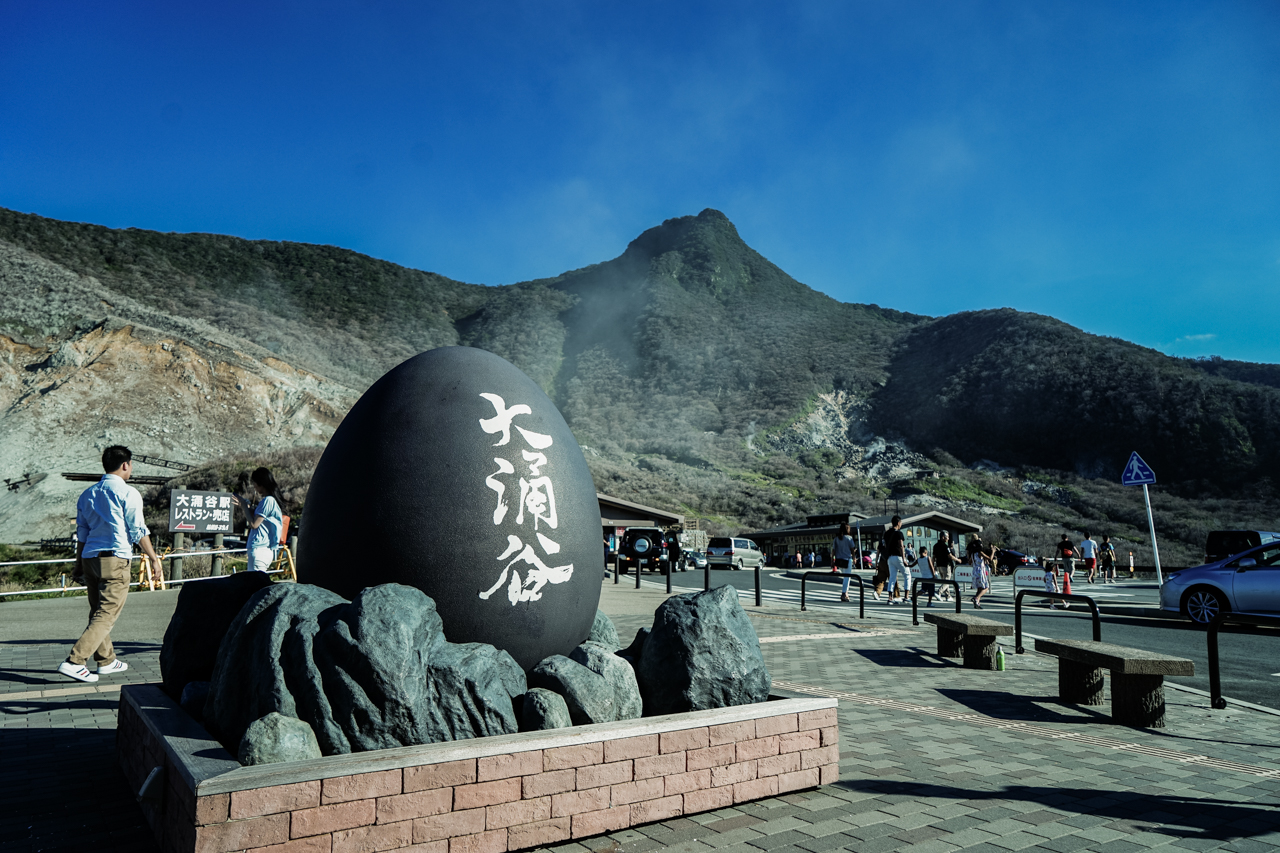
About a 10-minute walk from the ropeway station is the main volcanic zone, where you will find steam vents and bubbling pools. You can purchase hard-boiled eggs cooked in the volcanically hot waters. With shells blackened by a chemical reaction with the hot spring water, these eggs are said to extend your life by seven years. Although the shell is black, the inside is a normal boiled egg.
17:10-18:30 BUS ridding
18:40- HOTEL BUFEAT WITH CRAB▼
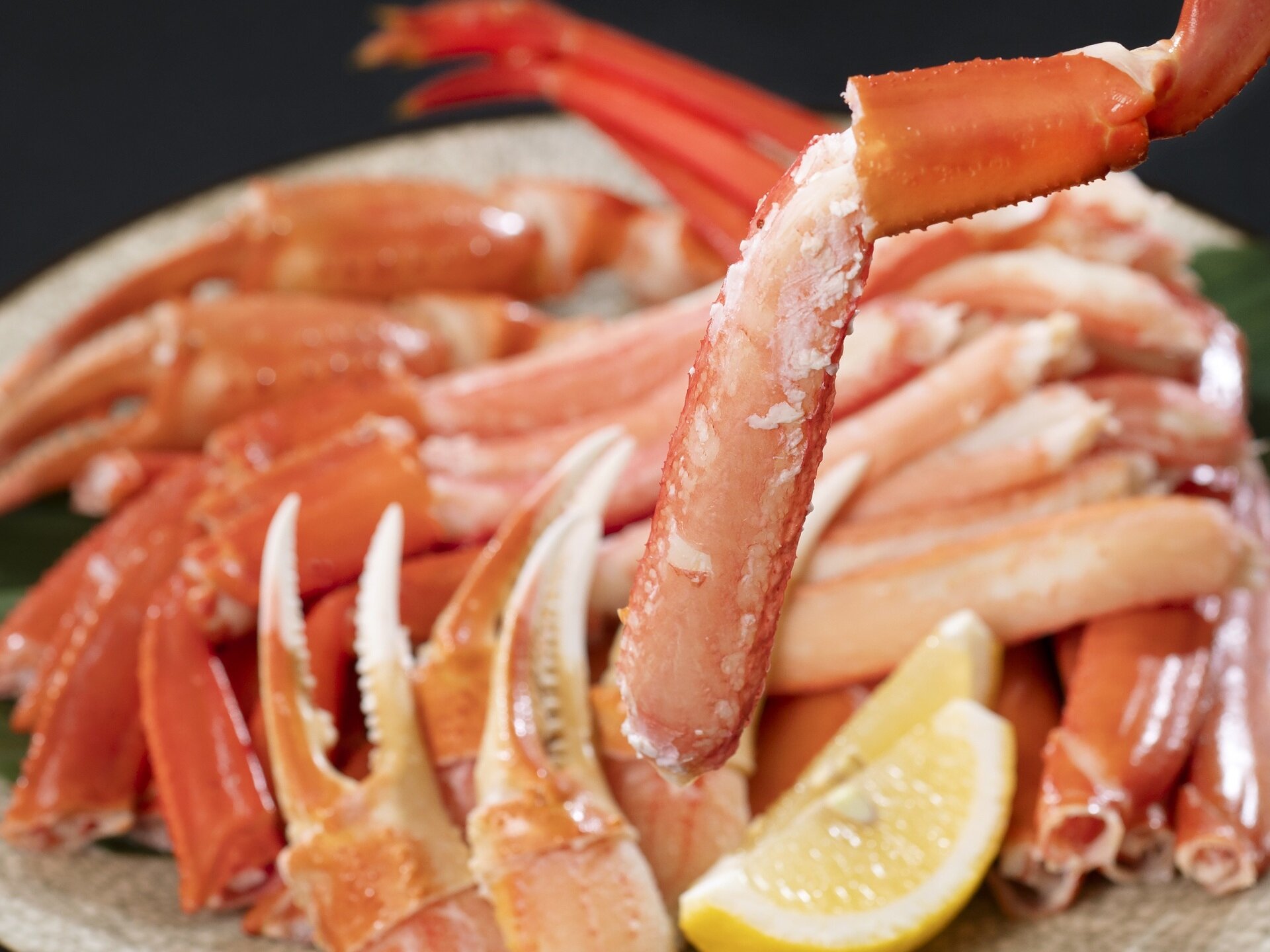
You can enjoy crab set.
20:00 HOTEL
4th day
8:00 BF and C/O
8:10-9:40 BUS ridding
10:20-10:50 CHICHIBU▼
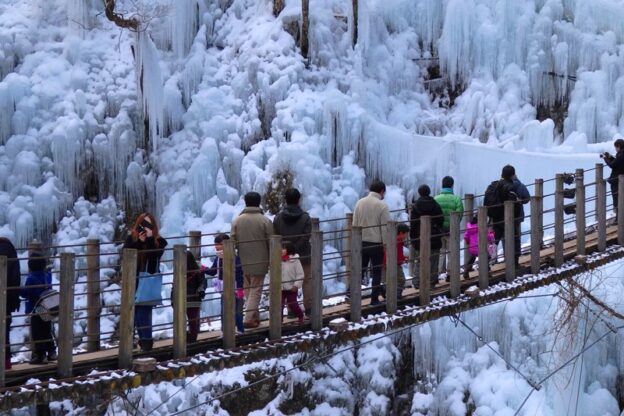
Winter in Japan can be very cold and some days you just want to stay at home wrapped in a blanket. However, there are also wonderful sights that can only be enjoyed during the coldest months. Just over two hours from Tokyo, the icicles of Chichibu are one of Japan’s unmissable winter experiences. As the weather gets cold, huge, beautiful icicles form in three different locations around Chichibu City, Saitama Prefecture, turning plants, rocks, and cliff surfaces into a shimmering icy spectacle.
11:00-11:30 BUS ridding
11:40-12:20 KAWAGOE▼
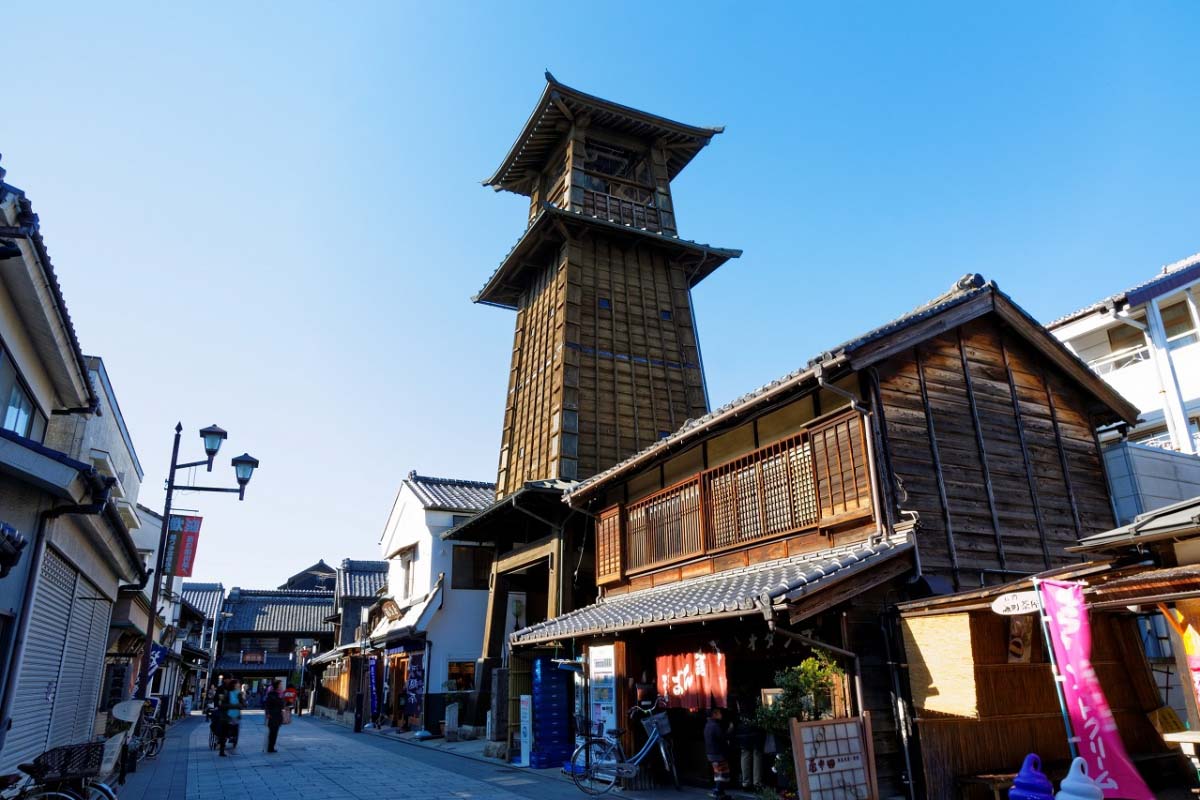
Kawagoe is most famous for its many traditional buildings, which have earned it the nickname Koedo (literally “Little Edo”). With its many sights, traditional shops, and popular seasonal events, the area truly comes alive on the weekend, making it a great day trip from the heart of Tokyo.
12:30-13:20 LUNCH
13:30-15:40 BUS ridding
15:50-16:40 ASAKUSA TEMPLE▼
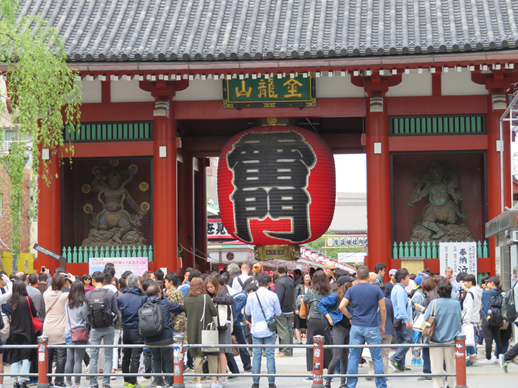
The origin of this striking temple is the stuff of legend. The story goes that all the way back in 628, two fisherman brothers pulled a statue of Kannon, the Buddhist goddess of mercy, from the Sumidagawa River. Although they tried to return it to the river, it always came back to them. They built Sensoji to house this sacred statue and to honor Kannon, completing it in 645.For centuries, a constant flow of visitors has come to pay their respects and pray in the temple’s main hall. Around the central building, you can also see the Goju-no-To five-tiered pagoda, several smaller halls, and charming little gardens, one of which houses Tokyo’s oldest stone bridge and wooden structure. To the right of the main hall, you will find Asakusa Shrine, where the three men who founded Sensoji are enshrined.
16:50-17:30 BUS ridding
18:00-19:30 DINNER
19:40-20:00 BUS ridding
20:00 HOTEL C/I
5th day
7:00 BF and C/O
7:00-7:15 BUS ridding
AKIBAHARA
19:05 VN3309✈
